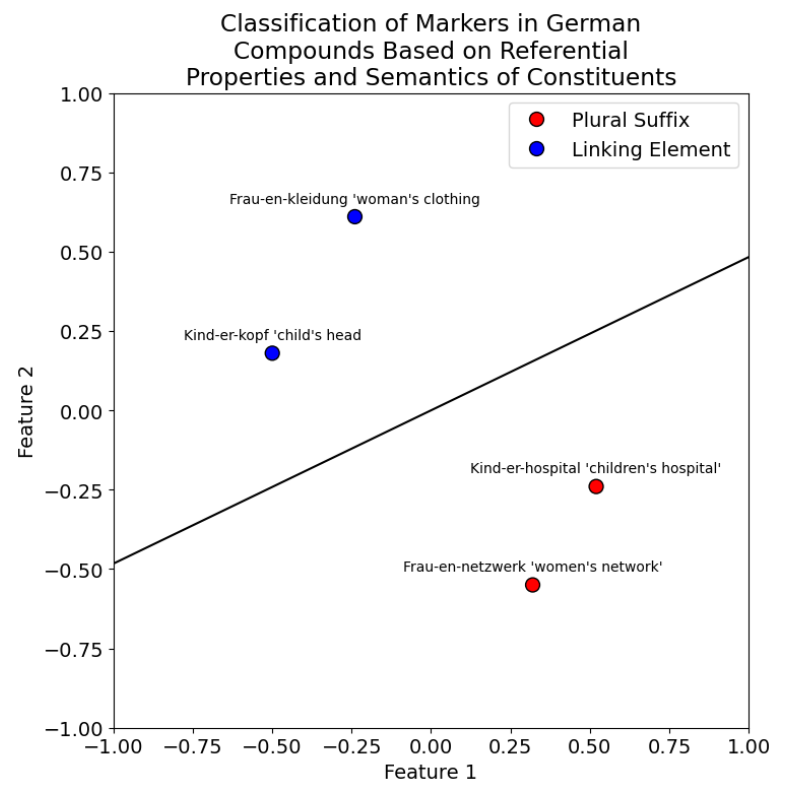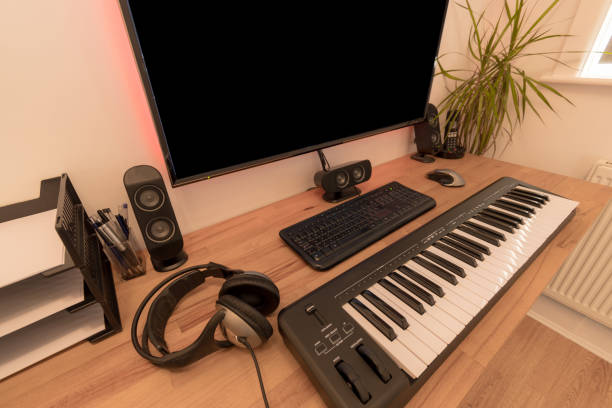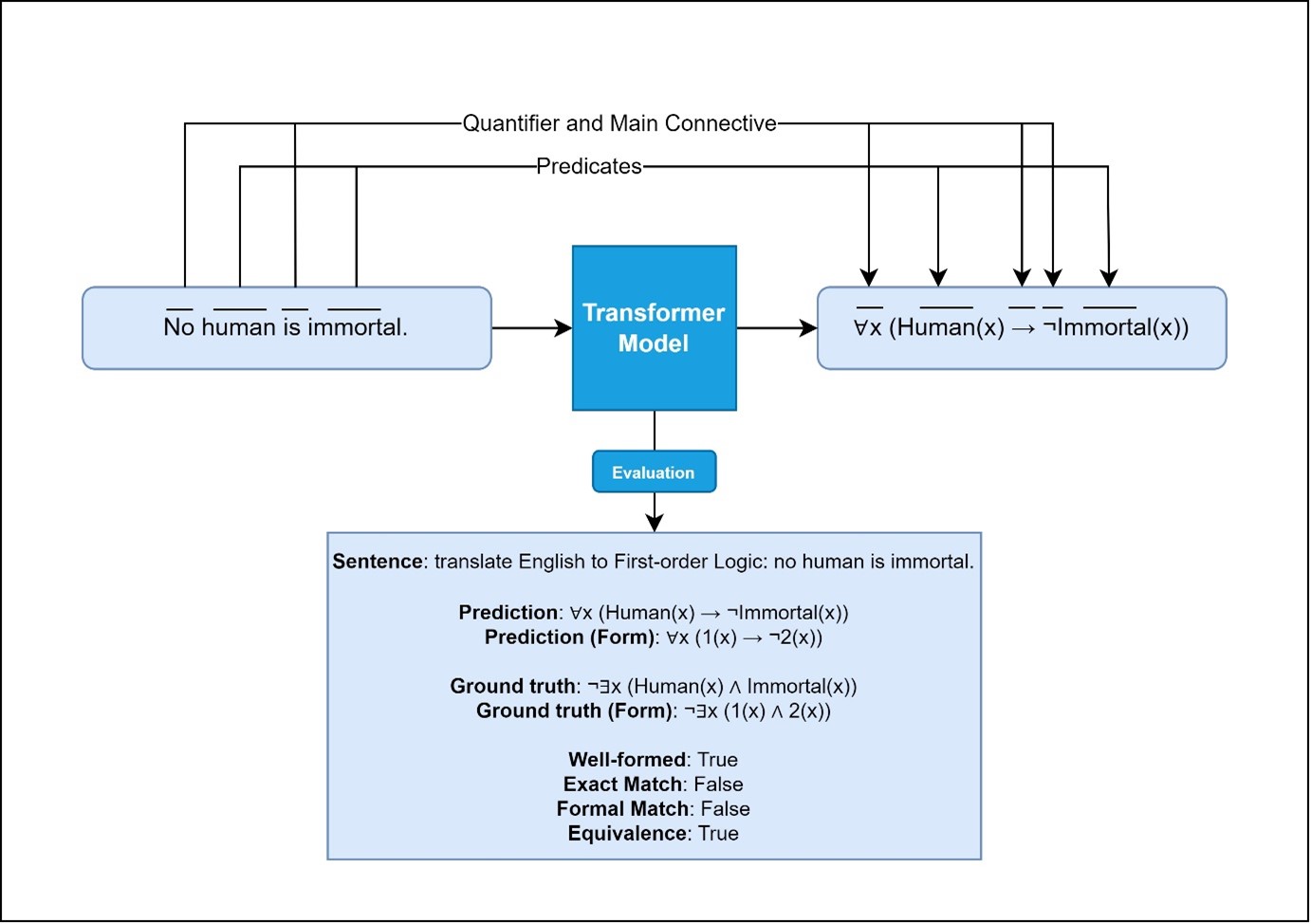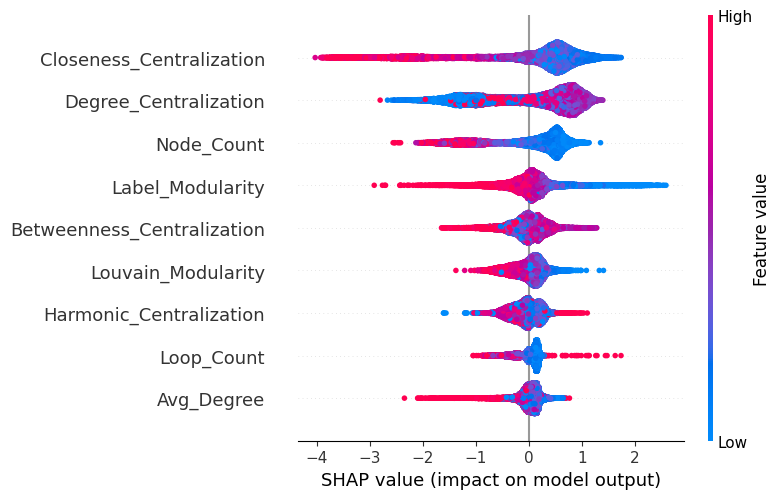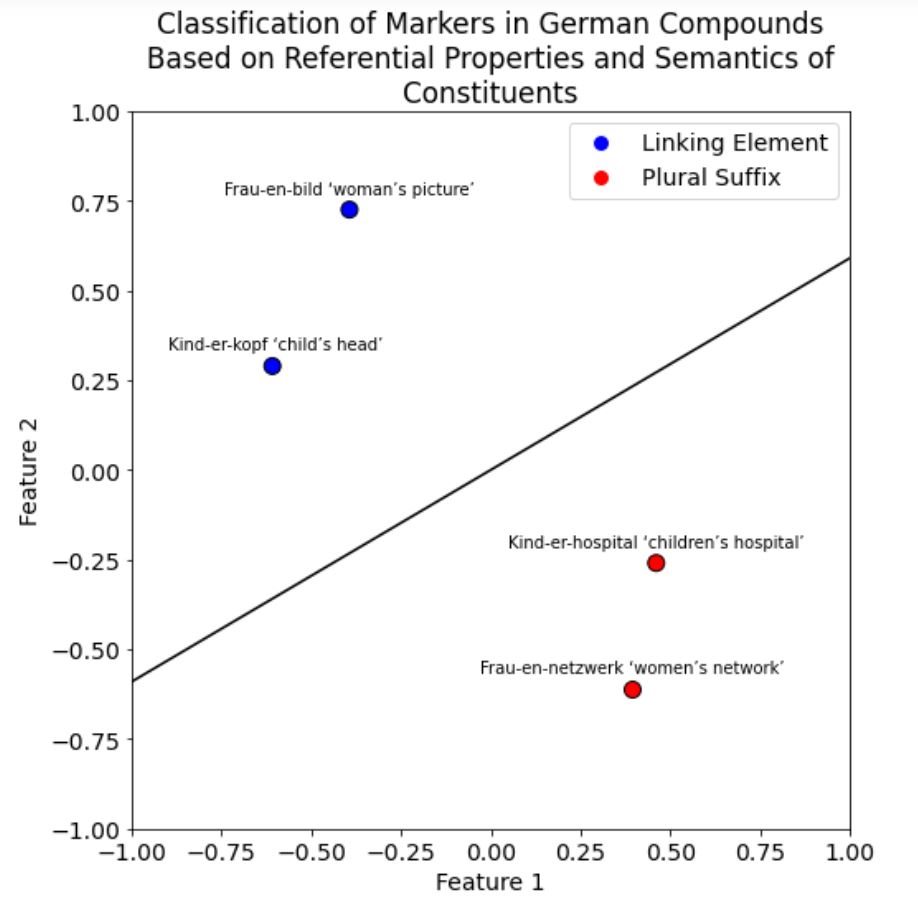Aysu Nur Yaman, Exploring Attribution in Turkish Discourse: An Annotation-Based Analysis
This thesis explores attribution mechanisms in Turkish discourse through the adaptation of the Penn Discourse TreeBank (PDTB) framework, resulting in the Turkish Discourse Bank (TDB 1.2). Utilizing insights from lexical control and eventuality specific to Turkish, a custom annotation scheme was developed, facilitating robust data annotation. Analysis shows the predominance of communicative verbs in attribution instances, highlighting novels and news as rich domains for study. Achieving high inter-annotator agreement, this work advances the field by enriching the TDB and laying groundwork for future automated text analysis in Turkish.
Date: 04.09.2024 / 10:00 Place: B-116




